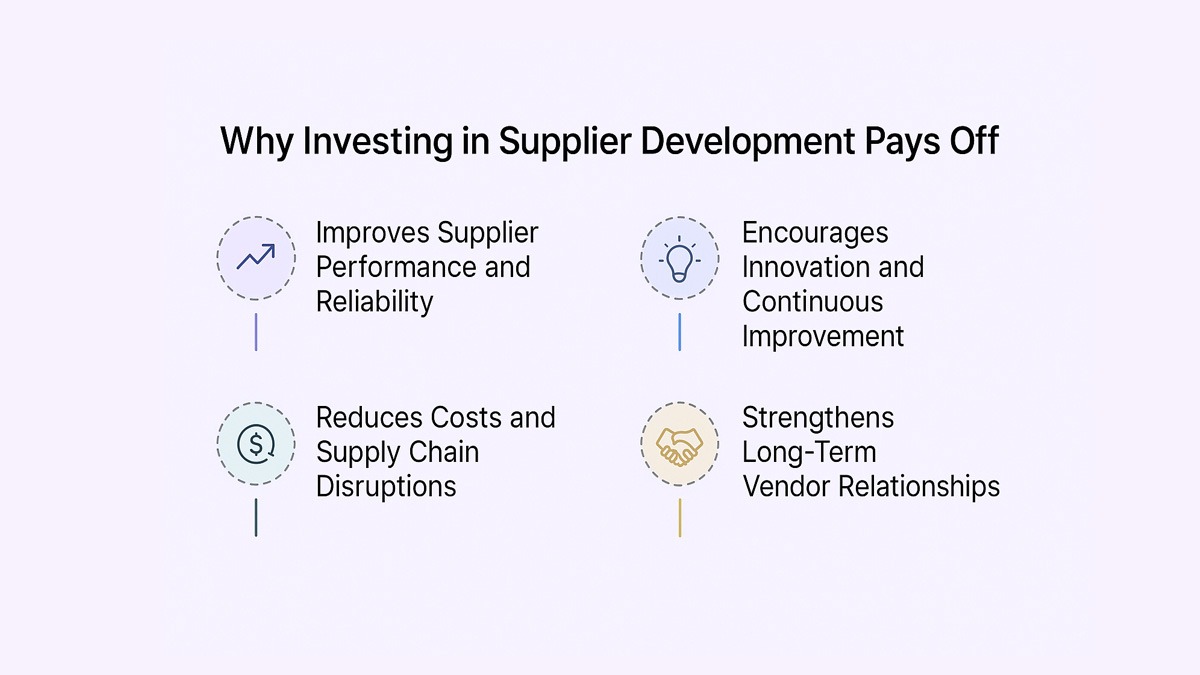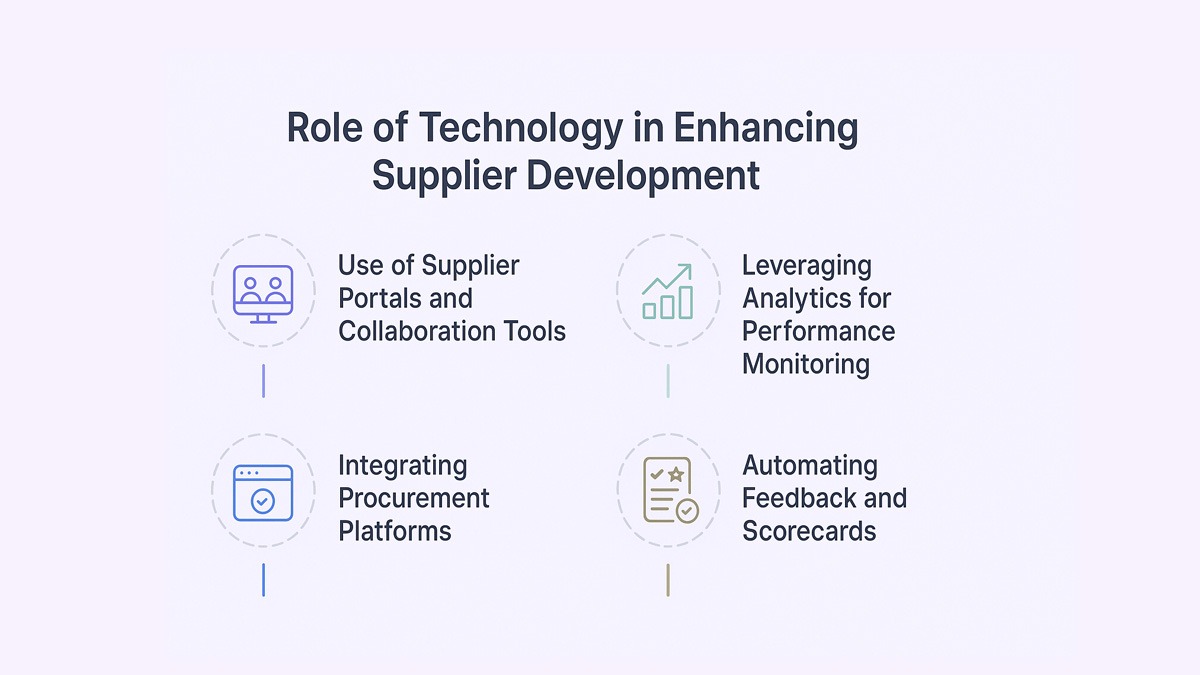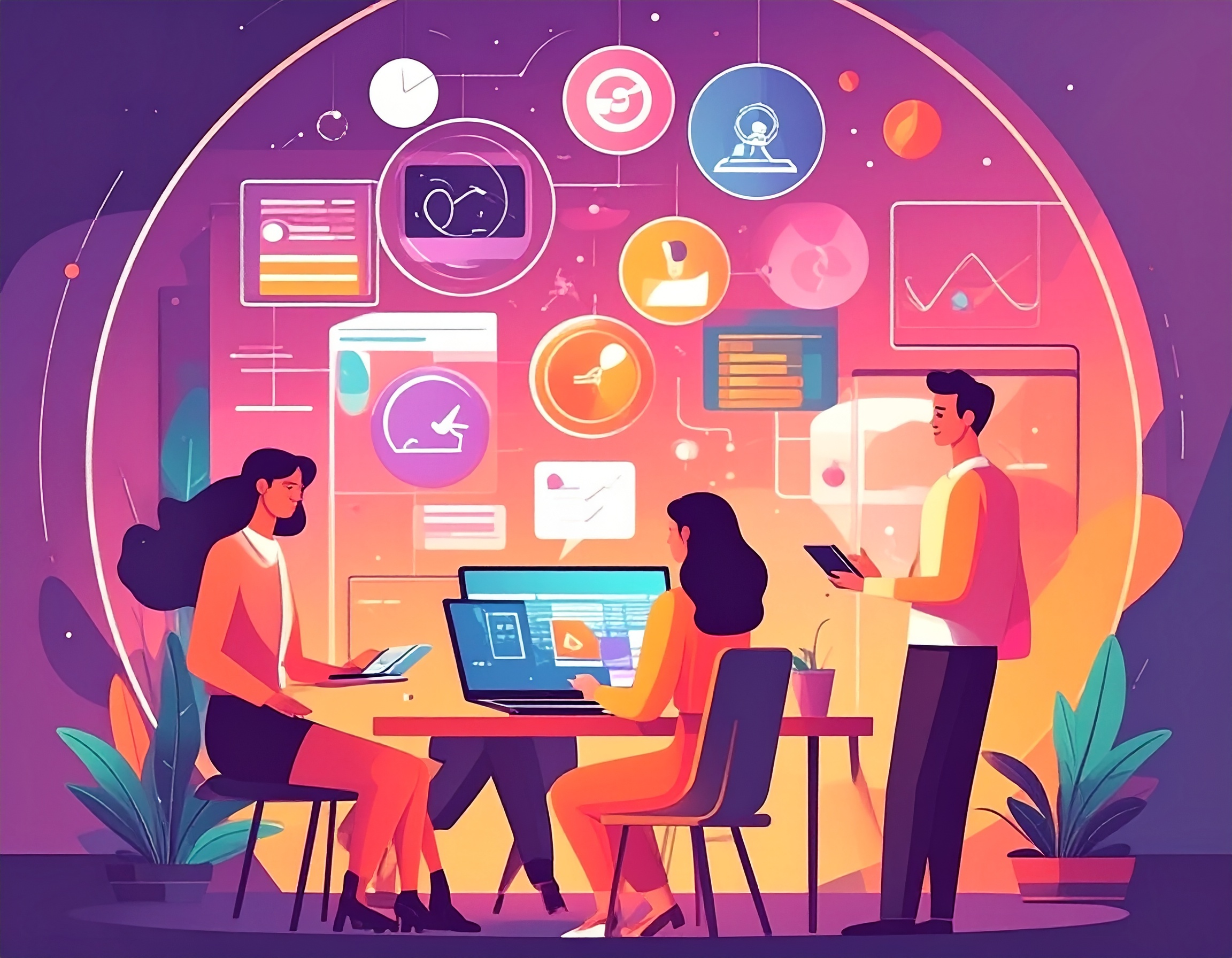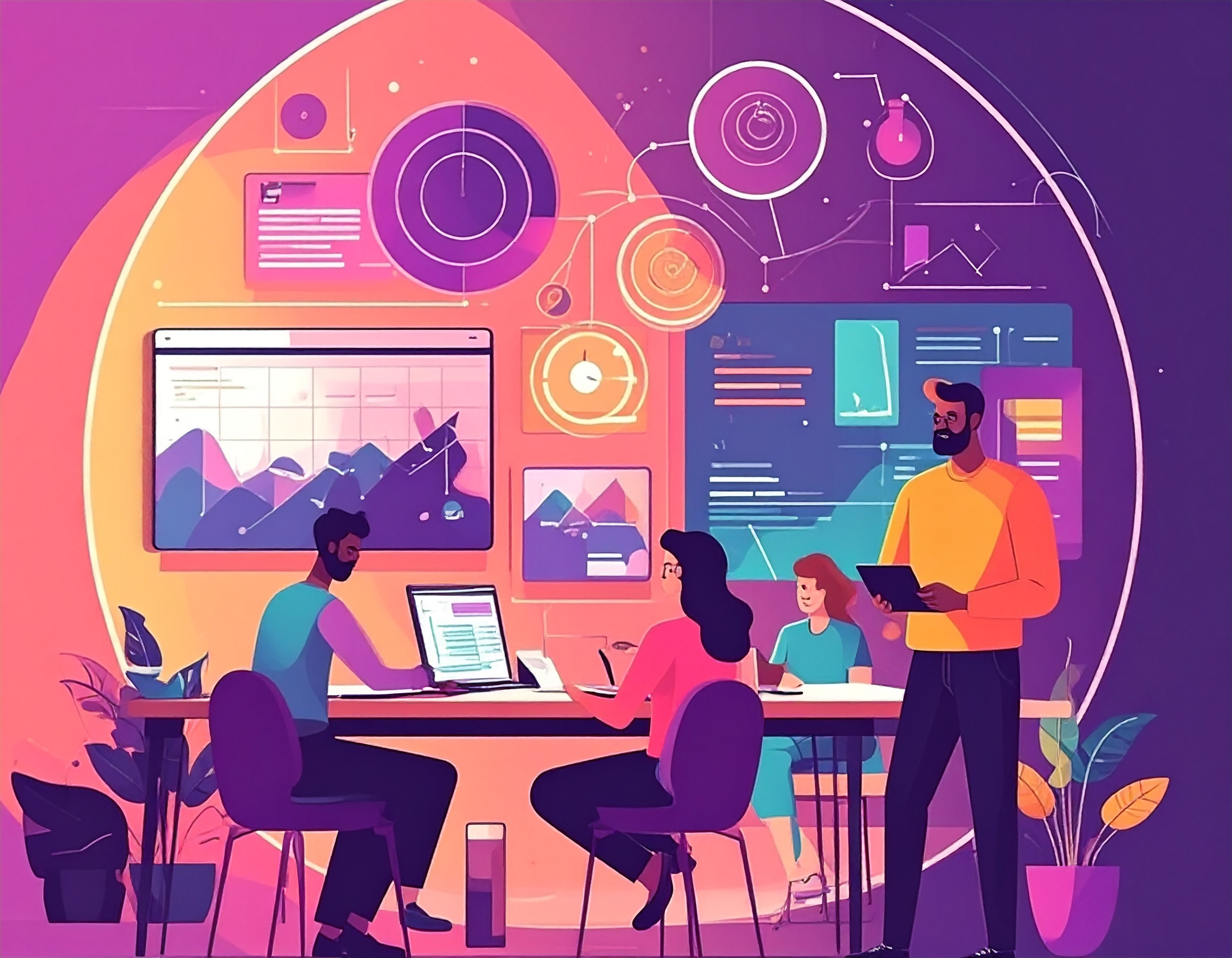

Supplier Development: Everything You Need to Know (And Why It’s a Competitive Advantage You’re Overlooking)

Supplier Development: Everything You Need to Know (And Why It’s a Competitive Advantage You’re Overlooking)
Unlock business growth through better supplier development. Learn strategies to boost performance, cut costs, and build stronger vendor partnerships.


In today’s supply chain environment, competition isn’t just between companies - it’s between ecosystems. A single supplier hiccup can ripple through your operations and dent your bottom line. That’s why the smartest organizations aren’t just managing suppliers - they’re developing them. Supplier development has quietly become a strategic power move that separates reactive businesses from proactive market leaders.
What this blog covers:
- What is supplier development
- Why investing in supplier development pays off
- Key areas for supplier improvement
- Building trust and collaboration with suppliers
- Common pitfalls in supplier development and how to avoid them
- The role of technology in enhancing supplier development
- Creating a supplier development program: a step-by-step guide
- Measuring the impact of supplier development initiatives
- Future trends in supplier development
- How Spendflo helps with supplier development
- Frequently asked questions on supplier development
What is Supplier Development?
Supplier development is a strategic process where businesses work closely with their suppliers to improve performance, reliability, and alignment with company goals. It includes initiatives like training, joint planning, capability building, and continuous feedback - all designed to create stronger, more efficient, and more resilient supplier relationships.
Why Investing in Supplier Development Pays Off
Done right, supplier development doesn’t just improve how suppliers perform - it directly improves your business outcomes. Here’s why it’s a smart investment:

Improves Supplier Performance and Reliability
Working collaboratively helps suppliers meet higher quality and delivery standards. This leads to fewer delays, better compliance, and a more consistent supply of goods and services.
Reduces Costs and Supply Chain Disruptions
By identifying inefficiencies and reducing waste, supplier development can cut unnecessary costs. It also strengthens contingency planning, reducing downtime during disruptions.
Encourages Innovation and Continuous Improvement
Close partnerships open the door to co-innovation. Suppliers can offer product ideas, design improvements, or process enhancements that drive mutual growth.
Strengthens Long-Term Vendor Relationships
Investing in supplier growth creates loyalty. It moves the relationship beyond transactions and towards strategic collaboration - which pays off during tough times.
Key Areas for Supplier Improvement
Improving suppliers isn’t a one-size-fits-all effort. Companies typically focus on the following areas:
Quality Control and Standards
Ensuring suppliers meet your product or service expectations is foundational. This may involve implementing standardized testing, audits, and compliance certifications.
Operational Efficiency and Lead Times
Through process mapping, lean practices, or automation, you can help suppliers streamline their workflows - reducing order cycle times and improving responsiveness.
Cost Competitiveness
Joint cost-reduction initiatives like bulk ordering, value engineering, or switching materials can create win-win savings.
Compliance and Risk Management
Helping suppliers stay compliant with regulations (ESG, labor laws, cybersecurity) not only protects your brand but also strengthens their long-term viability.
Building Trust And Collaboration With Suppliers
Trust isn’t built through contracts - it’s built through consistency, transparency, and shared success. The most effective supplier development programs prioritize collaboration over control. Instead of dictating terms, leading companies create space for open dialogue and mutual learning.
It starts with sharing long-term goals and demand forecasts so suppliers can plan and invest accordingly. Regular check-ins, co-created KPIs, and clear feedback loops foster a sense of partnership. Collaborative planning strengthens alignment across the supply chain. Some organizations even embed team members on-site at supplier locations to build deeper engagement. Regular plant visits further enhance understanding and trust between both parties. Plant visits are another valuable way to build transparency and rapport.
When suppliers feel like valued partners rather than replaceable vendors, they’re more likely to go the extra mile - whether that means ramping up production in a crunch or flagging risks early. That’s the kind of collaboration that makes a supply chain not just functional, but future-ready. Effective supplier development strengthens the foundation of supply chain management across all tiers.
Common Pitfalls in Supplier Development and How to Avoid Them
While the benefits are clear, supplier development can also backfire if not managed carefully. These common pitfalls can derail even the best intentions - here’s how to sidestep them:
Lack of Clear Objectives or Metrics
Without a shared understanding of success, development efforts can drift. Set measurable KPIs tied to quality, cost, delivery, or innovation. Make sure both sides agree on the targets and how progress will be tracked.
One-Sided Expectations
Development should be a two-way street. If only the supplier is expected to improve - without support, resources, or mutual benefit - resentment builds. Co-invest where needed and celebrate joint wins.
Neglecting Smaller but Strategic Suppliers
It’s easy to focus on tier-one or high-spend vendors, but smaller suppliers often carry critical components. Don’t overlook them just because their contract value is low - impact isn’t always tied to spend.
Inconsistent Follow-Up and Monitoring
Supplier development isn’t a “set it and forget it” process. Without ongoing monitoring, coaching, and adaptation, improvements won’t stick. Regular performance reviews and touchpoints are key to momentum.
The Role of Technology in Enhancing Supplier Development
Technology doesn’t replace human relationships - it strengthens them. When it comes to supplier development, digital tools bring visibility, speed, and structure to what can otherwise be a slow, messy process. Here are key ways technology plays a transformational role:

Use of Supplier Portals and Collaboration Tools
Modern supplier portals act as centralized hubs where both parties can exchange data, track updates, and manage documents in real time. They eliminate email chaos and reduce the risk of miscommunication.
Leveraging Analytics for Performance Monitoring
Dashboards and analytics tools allow procurement teams to spot trends across supplier metrics - from delivery rates to defect percentages. Consistent data standards ensure that insights remain reliable across global supplier networks. This data isn’t just for reporting - it becomes the basis for smarter improvement plans.
Integrating Procurement Platforms
End-to-end procurement systems integrate sourcing, contract management, and supplier performance tracking. A robust ERP system connects these functions seamlessly, improving visibility and control. This gives teams a full picture of supplier health and spend - critical for prioritizing development efforts. It also plays a vital role in supplier risk management across geographies.
Automating Feedback and Scorecards
Automated supplier scorecards take the pain out of collecting, calculating, and sharing performance data. Timely feedback means suppliers know where they stand - and what to improve - without the awkward lag.
Creating a Supplier Development Program: A Step-by-Step Guide
Building a supplier development program from scratch can feel daunting. But with a structured approach, it becomes much more manageable. Here’s a step-by-step breakdown to get started:
Define Goals and KPIs
Begin with a clear understanding of what you want to achieve. Are you targeting cost reduction? Quality improvement? On-time delivery? Translate these goals into specific KPIs that can be tracked over time.
Segment and Prioritize Suppliers
Not every supplier needs the same level of attention. This evaluation often begins with a review of existing sourcing activities. Use spend analysis, risk exposure, or strategic value to segment vendors and decide who to focus on. Developing a strong category strategy ensures alignment between procurement goals and supplier investments. Building an effective category strategy also helps prioritize development initiatives. High-impact suppliers should be your first priority.
Build Engagement Plans
Tailor your development approach to each supplier. Some may need training, while others benefit from co-innovation sessions or process improvement workshops. Focus on building supplier business capabilities that align with your company’s long-term goals. Collaboration is key to getting buy-in.
Track, Evaluate, and Iterate
Once your program is in motion, set a cadence for progress reviews. Are targets being hit? Are suppliers responsive? Use what you learn to refine the process and deepen the partnership over time.
Measuring the Impact of Supplier Development Initiatives
If you can’t measure it, you can’t improve it - and supplier development is no exception. Tracking impact helps justify the investment, refine your approach, and demonstrate value across the organization.
The first step is aligning metrics with your goals. If quality is the focus, look at defect rates or return percentages. If it’s about responsiveness, track on-time delivery or lead time reduction. Soft metrics like supplier satisfaction and engagement also matter - regular surveys can surface insights that raw data might miss. Incorporating customer feedback helps validate whether supplier improvements truly enhance end-user experience.
Beyond numbers, look for signals that your supplier relationships are maturing. Are they more proactive in sharing ideas? Do they involve you earlier in product discussions? These behavioral shifts are often early signs of a more strategic and resilient supply chain.
Future Trends in Supplier Development
Supplier development is evolving fast - and tomorrow’s strategies won’t look like today’s. Emerging technologies are reshaping how companies collaborate and measure supplier performance. Here’s what’s shaping the future:
AI and Predictive Supplier Analytics
Artificial intelligence will play a growing role in identifying supplier risks and performance trends before they escalate. Predictive insights will help procurement teams act earlier and smarter.
ESG and Sustainability in Supplier Selection
Environmental and social performance is becoming as critical as cost and quality. Future supplier development will increasingly focus on helping vendors meet ESG goals, from carbon footprint reduction to labor practices. Supplier diversity programs will also gain traction, ensuring inclusivity and equitable participation across the ecosystem.
Deeper Supplier Collaboration Through Co-Innovation
Forward-thinking companies are pulling suppliers into the innovation process - not just for cost savings, but to create entirely new solutions. Expect more joint R&D and shared IP frameworks.
Localized Supplier Development Strategies
As global supply chains face rising risk, many organizations are turning to regional suppliers. Future development programs will need to adapt by building capabilities in diverse local markets.
How Spendflo Helps with Supplier Development
At Spendflo, we understand that a strong supplier ecosystem isn’t built overnight - it’s cultivated with the right data, tools, and strategy. Our platform brings clarity and control to supplier management by centralizing contracts, spend insights, and performance metrics in one place.
With real-time visibility into vendor terms, usage patterns, and renewal cycles, you can identify which suppliers need development - and why. Our embedded procurement experts help you negotiate better terms, align goals, and build stronger partnerships. They streamline negotiation processes to secure the most competitive supplier agreements. They also support your negotiation processes by bringing market intelligence to the table. Whether it’s identifying inefficiencies or managing supplier scorecards, Spendflo gives your team the foundation to elevate every vendor relationship from transactional to strategic.
Frequently Asked Questions on Supplier Development
What are the benefits of supplier development?
Supplier development helps improve quality, reduce costs, and build stronger, more resilient partnerships. It also encourages innovation, reduces risk, and aligns suppliers with long-term business goals.
How do you start a supplier development program?
Start by defining your goals and identifying high-impact suppliers. Develop performance metrics, create tailored engagement plans, and set a schedule for regular reviews and feedback.
What role does technology play in supplier development?
Technology enables real-time performance tracking, automates feedback, and supports collaboration through portals and procurement platforms. It brings transparency and structure to the entire process.
How do you measure success in supplier development?
Measure KPIs like delivery reliability, quality improvements, and cost savings. You can also assess softer metrics such as supplier responsiveness, engagement, and alignment with strategic goals.
What is the role of Supplier Relationship Management in improving customer satisfaction?
Supplier Relationship Management ensures that suppliers align with business goals, helping maintain high quality standards and consistent delivery time - all of which directly influence customer satisfaction.
How do ERP systems and data governance improve operational aspects of supplier development?
ERP systems streamline sourcing and Accounts Payable, while data governance and standards ensure supplier diversity programs and business capabilities are managed efficiently across the supply chain.










.png)




.png)










.avif)





